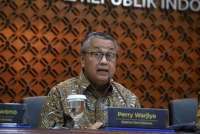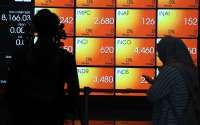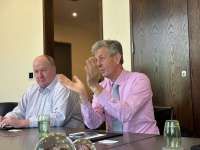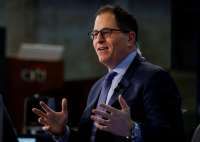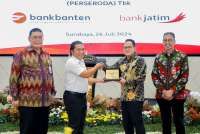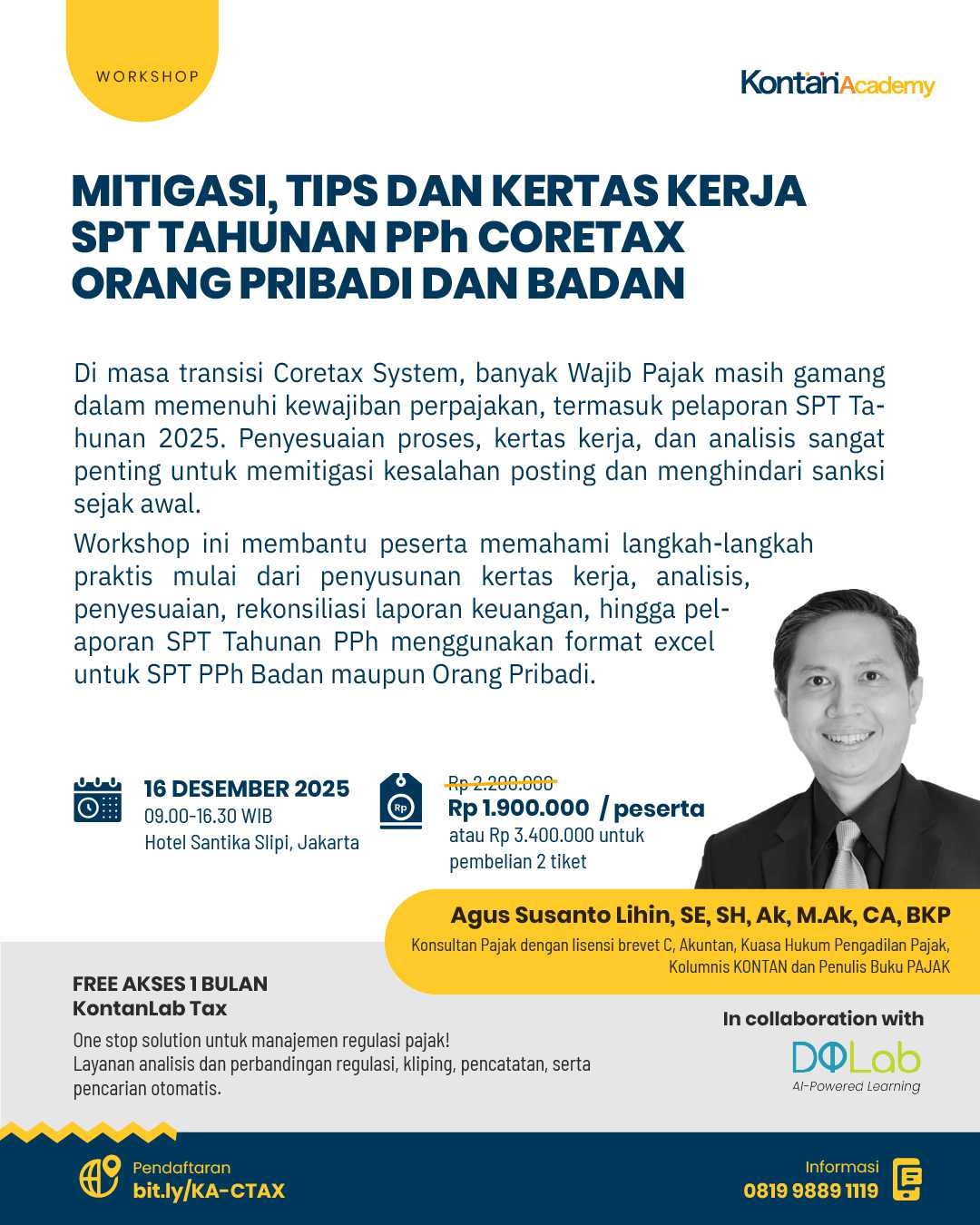Sumber: The Fed | Editor: Hasbi Maulana
All members viewed the recent data and other developments bearing on real economic activity as suggesting that the outlook for the economy beyond the current quarter had strengthened in recent months. In addition, notwithstanding increased market volatility over the intermeeting period, financial conditions had stayed accommodative, and developments since the January meeting had indicated that fiscal policy was likely to provide greater impetus to the economy over the next few years than members had previously thought. Consequently, members expected that, with further gradual adjustments in the stance of monetary policy, economic activity would expand at a moderate pace in the medium term, and labor market conditions would remain strong. Members generally continued to judge the risks to the economic outlook as remaining roughly balanced.
Most members noted that recent readings on inflation, along with the strengthening of the economic outlook, provided support for the view that inflation on a 12-month basis would likely move up in coming months and stabilize around the Committee's 2 percent objective over the medium term. Members agreed to continue to monitor inflation developments closely.
After assessing current conditions and the outlook for economic activity, the labor market, and inflation, members voted to raise the target range for the federal funds rate to 1-1/2 to 1-3/4 percent. They indicated that the stance of monetary policy remained accommodative, thereby supporting strong labor market conditions and a sustained return to 2 percent inflation.
Members agreed that the timing and size of future adjustments to the target range for the federal funds rate would depend on their assessments of realized and expected economic conditions relative to the Committee's objectives of maximum employment and 2 percent inflation. They reiterated that this assessment would take into account a wide range of information, including measures of labor market conditions, indicators of inflation pressures and inflation expectations, and readings on financial and international developments. Members also agreed that they would carefully monitor actual and expected developments in inflation in relation to the Committee's symmetric inflation goal. Members expected that economic conditions would evolve in a manner that would warrant further gradual increases in the federal funds rate. They judged that raising the target range gradually would balance the risks to the outlook for inflation and unemployment and was most likely to support continued economic expansion. Members agreed that the strengthening in the economic outlook in recent months increased the likelihood that a gradual upward trajectory of the federal funds rate would be appropriate. Members continued to anticipate that the federal funds rate would likely remain, for some time, below levels that were expected to prevail in the longer run. Nonetheless, they again stated that the actual path for the federal funds rate would depend on the economic outlook as informed by incoming data.


/2018/03/12/877210192.jpg)




